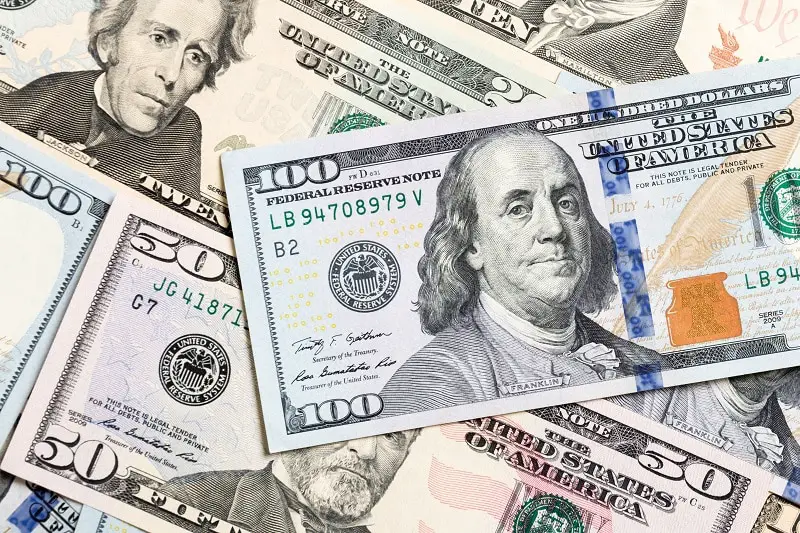Counterfeit currency is a persistent issue that affects economies worldwide, and the United States is no exception. Detecting counterfeit dollars is crucial for businesses and individuals alike to prevent financial losses and maintain trust in the currency. Fortunately, modern US dollars are equipped with a range of security features designed to make counterfeiting difficult. This guide provides a comprehensive overview of how to detect counterfeit dollars using various techniques and features found in genuine banknotes.

Understanding the Security Features
US dollars have several sophisticated security features embedded in their design to help identify counterfeit notes. Familiarizing yourself with these features is the first step in detecting fake currency. Here are some key features to look for:
- Watermark: Genuine US currency has a watermark that is visible when the note is held up to the light. On $100, $50, $20, and $10 bills, the watermark is a portrait of the same person depicted on the front of the note (e.g., Benjamin Franklin on the $100 bill). The watermark is created by using different paper densities and should be visible from both sides of the note.
- Security Thread: Embedded in the paper of the note is a security thread, which is a thin strip of metallic thread running vertically. On $100, $50, $20, and $10 bills, this thread is visible when held up to the light and features a repeating text that matches the denomination of the note. For example, the $100 bill features a security thread with the text “USA 100.”
- Color-Shifting Ink: On higher denomination bills ($10, $20, $50, $100), color-shifting ink is used on specific areas, such as the number in the lower right corner. When you tilt the bill, the color of the ink changes. This effect is achieved through a special type of ink that shifts color depending on the angle of the light.
- Microprinting: Genuine bills feature tiny text that is difficult to reproduce accurately. For instance, on the $100 bill, you can find microprinting around the portrait and in the security thread. Use a magnifying glass to check for these tiny letters; if they are blurred or absent, the note may be counterfeit.
- Raised Printing: The printing on genuine US currency feels slightly raised to the touch. This is particularly noticeable on the large numerals and the portraits. Run your fingers over these areas; the texture should feel distinct and slightly rough compared to the rest of the note.
- Fine Line Printing: US currency features intricate patterns of fine lines that are hard to duplicate accurately. Check the areas around the portraits and the borders of the note for these fine lines. They should be clear and uninterrupted.
Practical Techniques for Verification
In addition to understanding the security features, using specific techniques can help verify the authenticity of a banknote:
- Feel the Paper: Genuine US currency is made from a unique blend of cotton and linen, giving it a distinctive feel. Counterfeit notes often use lower-quality paper, which feels different. Run your fingers over the note; it should feel crisp and firm.
- Look for the Security Features: Use the techniques outlined above to examine the security features. Hold the note up to the light to check the watermark and security thread. Tilt the note to see if the color-shifting ink changes. Use a magnifying glass to inspect for microprinting.
- Check the Borders: Authentic bills have sharp, clean edges and borders. Counterfeit notes may have fuzzy or uneven edges. Pay attention to the overall print quality, especially along the borders and the fine details.
- Use a UV Light: Many security features are not visible under normal light but can be seen using a UV (ultraviolet) light. Some denominations have additional security elements that glow under UV light, such as security threads that are embedded with fluorescent features.
- Compare with a Genuine Bill: If you have any doubts, compare the suspected counterfeit note with a genuine one. Pay close attention to the size, color, and feel of the bill. Genuine US currency is highly consistent in quality and design, so any discrepancies can be a sign of counterfeiting.
Additional Tips for Businesses
For businesses, particularly those handling large volumes of cash, adopting additional measures can help prevent accepting counterfeit money:
- Use Counterfeit Detection Tools: Invest in counterfeit detection devices, such as UV lights, magnifying glasses, and counterfeit detection pens. These tools are designed to quickly verify the authenticity of currency and are widely available.
- Train Employees: Ensure that all employees are trained in detecting counterfeit money. Regular training sessions can help staff become familiar with the security features and techniques for spotting fake notes.
- Implement a Checking Routine: Establish a routine for checking the authenticity of large bills, especially during busy periods or when accepting large amounts of cash. Encourage employees to use multiple detection methods to verify the currency.
- Report Suspected Counterfeits: If you come across a suspected counterfeit bill, report it to the local authorities or the Secret Service. Reporting helps prevent further circulation of fake currency and supports law enforcement efforts to combat counterfeiting.
Detecting counterfeit dollars is an essential skill for both individuals and businesses. By understanding the security features of genuine US currency and employing practical techniques for verification, you can protect yourself from financial loss and maintain confidence in the currency. Regularly using tools and training can further enhance your ability to identify counterfeit money. With vigilance and awareness, you can effectively safeguard against the impact of counterfeit bills and contribute to the overall integrity of the financial system.
